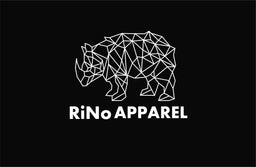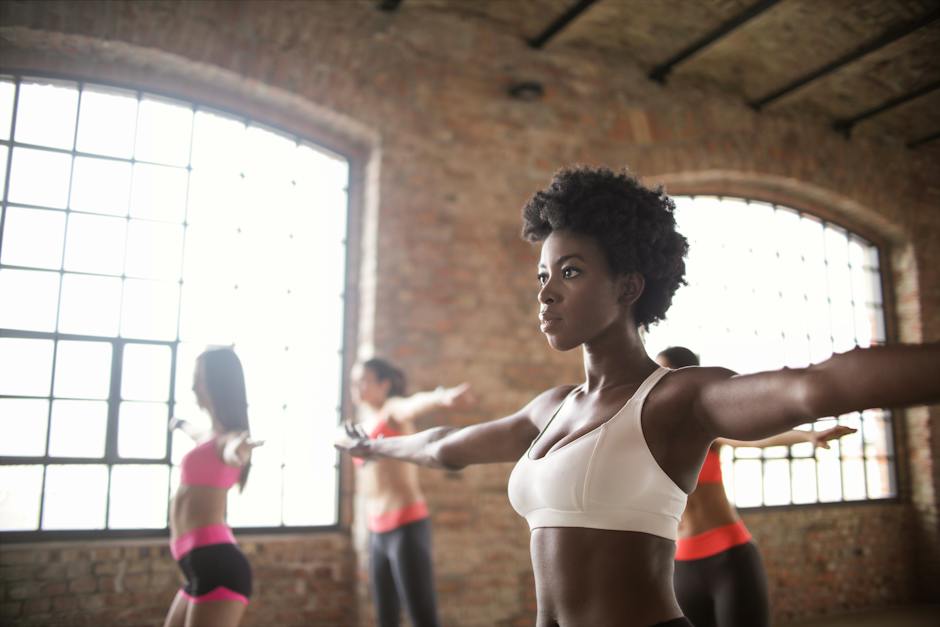Introduction to Sustainable Active Wear
Sustainable activewear isn’t just a trend; it’s revolutionizing fashion. Gone are the days when eco-friendly meant boring. Now, it’s all about high-performance gear that’s good for both you and the planet. Sustainable activewear uses materials that either come from renewable resources or are recycled, significantly cutting down on waste and pollution. Plus, these brands take care of their workers, ensuring fair pay and safe conditions. It’s no longer just about looking good while exercising; it’s about making conscious choices that impact the environment less. With every purchase, you’re not just picking out a new outfit; you’re voting for a cleaner, greener earth. So when you choose sustainable activewear, you’re joining a movement that’s reshaping the fashion landscape, one workout at a time.
The Rise of Eco-Friendly Active Wear Trends
Eco-friendly active wear isn’t just a fad; it’s a powerful shift in how we think about our clothes and the planet. The fashion industry is notorious for its environmental footprint, but the rise of sustainable active wear is pushing back. Brands are ditching harmful materials for organic, recycled, and sustainable options. Think about it: every time you choose a sustainable yoga mat, running shorts made from recycled plastic bottles, or a sweatshirt created with organic cotton, you’re making a statement. This trend goes beyond fabric, though. It’s about ethical production practices, reducing water usage, and cutting down on waste. Companies are getting creative, using technology to find new, earth-friendly ways to produce our gym essentials. The price tag might be a bit higher, but the impact is worth every penny. Choosing sustainable active wear says, “I care about my carbon footprint,” and trust me, the planet notices.
How Sustainable Active Wear is Made
Making sustainable active wear starts with eco-friendly materials. Brands often use recycled plastics, organic cotton, or bamboo fibers. These materials reduce waste and cut down on the environmental footprint of production. Recycled plastics, for instance, give a new purpose to what would otherwise pollute our oceans and landfills. Organic cotton is grown without harmful pesticides, protecting water quality and ecosystem health. Bamboo, a fast-growing plant, is another sustainable choice because it doesn’t need much water or pesticides and can renew itself quickly. The manufacturing process also aims to be green. This means using less water and energy. Dyeing fabrics typically uses a lot of water, but sustainable brands work to minimize this. They might use eco-friendly dyes or techniques that require less water. The goal is clear: make clothes that not only look good and perform well but also respect our planet. By choosing sustainable active wear, you’re taking a stand for the environment.
The Impact of Sustainable Active Wear on the Environment
Sustainable active wear is like a breath of fresh air for our planet. Basically, it’s made from eco-friendly materials such as organic cotton, recycled polyester, and even bamboo. These materials pollute way less compared to traditional fabrics. Think about it – less water use, fewer chemicals, and a smaller carbon footprint. This means every time you choose a sustainable active wear piece, you’re actually helping to cut down on waste and pollution. Plus, sustainable active wear companies often follow ethical practices, treating workers right and ensuring a cleaner production process. So, not only does this choice make you feel good during a workout, but it also makes the planet feel a little bit better.
Popular Brands Leading the Sustainable Active Wear Movement
Many brands are stepping up, making waves in the sustainable active wear scene. Patagonia, known for its commitment to the environment, uses recycled materials and supports fair labor practices. They’re the old guard, continually pushing boundaries. Then there’s Girlfriend Collective, a newer player that’s all about transparency and ethical manufacturing. They make their workout gear from recycled plastic bottles and fishing nets. Another front-runner, Outdoor Voices, focuses on technical, sustainable fabrics and has a strong community ethos. Each of these brands proves that looking good and being kind to the planet can go hand in hand. They’re leading by example, showing it’s possible to create high-quality, sustainable active wear without sacrificing style or performance.
Consumer Response to Eco-Friendly Active Wear Trends
People like you and me are becoming more aware of the impact our choices have on the planet. This awareness is shaping how we shop, especially when it comes to clothes for working out or staying active. More and more of us are leaning towards eco-friendly active wear, showing a positive response to sustainable fashion trends. We’re not just talking about it; we’re putting our money where our mouth is. Sales for sustainable active wear have seen a steady climb as folks prioritize clothing that’s kind to the Earth. This shift isn’t just a tiny blip on the radar. Major brands have taken notice, launching lines that use recycled materials, consume less water, and reduce overall environmental impact. It’s clear that as consumers demand more eco-conscious options, the fashion industry has to adapt. This trend is more than a phase; it’s a movement towards a more sustainable and responsible way of living. People are now seeking out brands that align with their values, preferring quality over quantity, and are willing to invest in gear that lasts longer and harms less. The message is loud and clear: we care about the planet, and we want our active wear to reflect that.
The Role of Technology in Sustainable Active Wear Production
Technology is at the heart of making active wear more sustainable. It’s giving brands new ways to innovate from material creation to the end product. First, let’s talk about materials. Advances in technology have led to the development of eco-friendly materials like recycled polyester, which is made from plastic bottles, and Tencel, derived from wood pulp. Not just about being green, these materials also promise durability and comfort, meeting the high demands of active wear.
Then there’s the production process. Technology allows for more efficient manufacturing techniques. For example, 3D printing is reducing waste by creating items directly from digital designs, cutting down on excess materials. Similarly, waterless dyeing techniques are minimizing water usage, a big win for the environment.
Finally, technology helps in recycling and upcycling old garments. Innovative processes are turning old, worn-out clothes back into high-quality fibers that can be reused, thereby reducing the need for new raw materials.
In short, technology isn’t just changing the game; it’s reshaping the whole field of sustainable active wear, making it possible for us to enjoy high-performance gear without compromising the planet.
Challenges Facing the Sustainable Active Wear Industry
Switching to sustainable active wear feels like a big victory for the planet, right? But, the road’s not all clear skies. First off, sustainable materials come with a price tag. They’re often more expensive due to the careful, less harmful ways they’re produced. This means your eco-friendly yoga pants might dig a bit deeper into your pocket. Then there’s the confusion over what’s truly sustainable. Words like “green” and “eco-friendly” get thrown around a lot, making it hard to tell what’s really good for the earth. Plus, the demand for sustainable options is skyrocketing, but can we keep up? Producing enough of these earth-loving materials without slipping back into old, harmful habits is a challenge. Lastly, sustainable fashion has to win over shoppers. It’s battling the fast fashion monster, with its cheap prices and endless new styles. Convincing everyone that paying more for something that lasts longer is better for our planet is no small feat.
How to Choose Sustainable Active Wear
Choosing sustainable active wear isn’t just about looking good while working out; it’s about making responsible choices for the planet. Here’s the straight talk on how to pick pieces that are as kind to the earth as they are to your workout routine. First, look for materials that talk the good talk and walk the green walk. Opt for organic cotton, recycled polyester, or bamboo. These materials are less harmful to the environment because they reduce waste and decrease the use of water and pesticides. Second, consider the brand’s commitment to sustainability. Do they use eco-friendly packaging? Are their supply chains transparent, ensuring fair labor practices and minimal environmental impact? These are green flags signaling a brand’s dedication to the planet. Lastly, durability is key. Sustainable doesn’t mean much if you’re replacing items every few months. Choose quality over quantity. A well-made piece of active wear will not only stand the test of time but also reduce the need for frequent replacements, slashing waste in the process. Remember, sustainable active wear is an investment in both your health and the health of the planet.
The Future of Active Wear Trends in Fashion
The future of active wear is definitely looking green. As the world gets more eco-conscious, fashion is stepping up its game. Sustainable active wear is not just a trend; it’s becoming a cornerstone of the fashion industry. This shift means that companies are now focusing on creating products that are not only good for workouts but are also kind to the planet. The materials used are changing; think recycled plastics, organic cotton, and bamboo. These materials are not only better for the environment but they’re also high-quality, durable, and incredibly comfortable. Plus, there’s a big push towards ethical production practices. This means fair wages and proper working conditions for those who make our clothes. But perhaps what’s most exciting is the innovative designs. Sustainable active wear is proving that eco-friendly can also be stylish and functional. From high-tech moisture-wicking fabrics to multi-use pieces that can go from the gym to the streets, the options are expanding. As consumers continue to demand sustainability, we can expect to see even more brands joining this green revolution. The future of active wear in fashion is looking bright, with sustainability at its heart.





